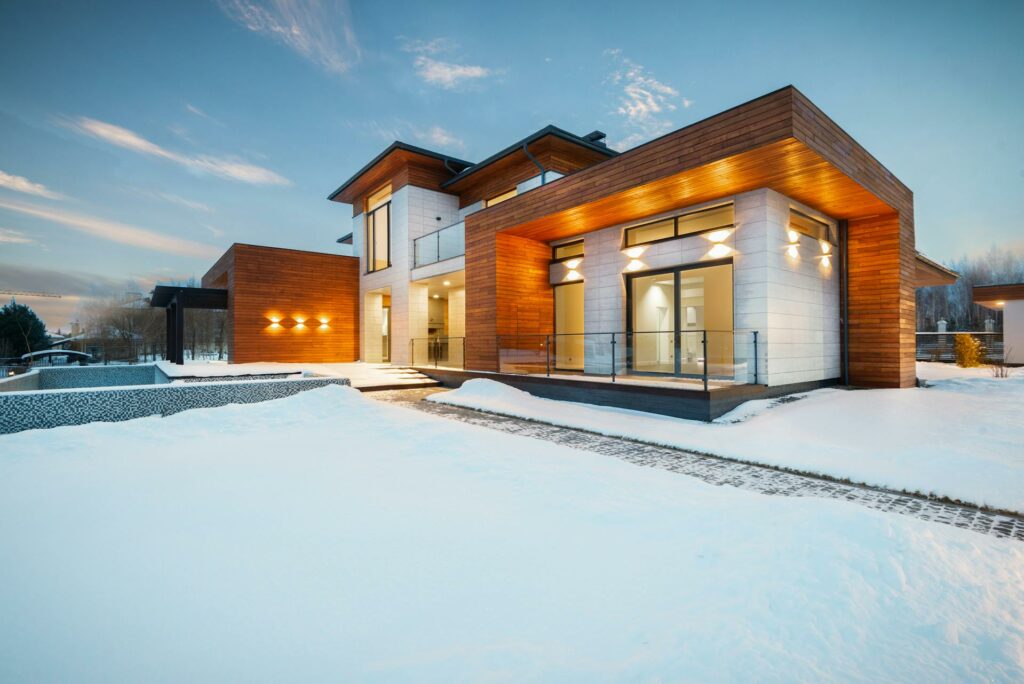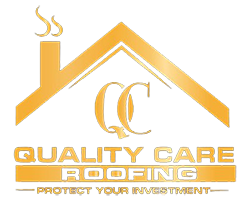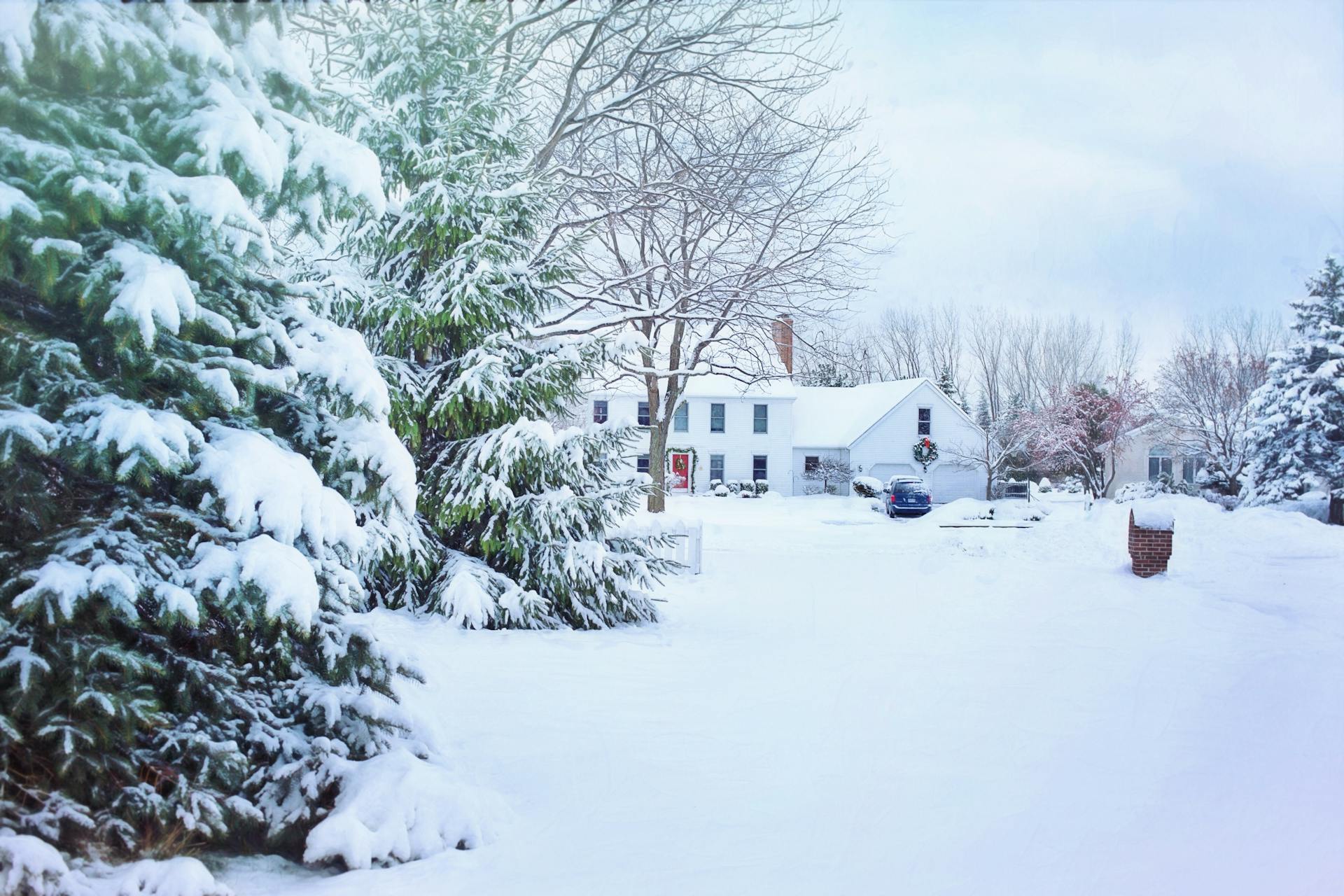It’s October, which means it won’t be long until Kitchener sees its first snowfall of the year. If you want to prevent common winter roofing issues like leaks, ice dams, and shingle damage — you need to start preparing now!
You’ve come to the right place, as an experienced roofing contractor working in Kitchener, we understand how intense the winter season can be. This article is our guidebook to preparing your Kitchener roof for the winter season.
Kitchener’s Winter Roofing Challenges
Your roof is your home’s first line defense against natural elements like snowstorms, windstorms, and ice buildup. This is why prepping for winter matters, it prevents you from needing expensive repairs or a full replacement.
Here are some common roofing challenges that come from Kitchener’s winter season:
- Snow Accumulation: The weight of snow adds up. Snow accumulation tests the durability of your roof and can lead to deterioration, roof leaks, and roof collapses.
- Ice Dams: Ice dams build up at the edges of your roof and affect its natural drainage, leaving water to seep into your home. It can cause leaks and mess with your home’s insulation.
- Debris Buildup: Leaves, branches, and other materials can trap moisture, leading to mold growth and deterioration in shingles.
- Shingle Damage: All of the above examples can cause significant shingle damage throughout the season, which makes your home more vulnerable to leaks and water damage.

Visual Winter Roof Inspection Checklist
Follow these steps to fully inspect your roof during the winter season. You should be doing this regularly to identify issues early-on before they lead to costly damages. However, working on your roof during the winter can be a safety concern, be mindful and follow standard safety practices.
Refer to a professional roofer if you aren’t confident in your ability to inspect and maintain your roof safely.
Don’t be afraid to reach out to us at Quality Care. We offer free roof inspections for those concerned about damage. We’ll let you know if a repair or replacement is needed, and how to better maintain the roof moving forward.
- Inspect Shingles: Look for curled, cracked, or missing shingles that may compromise your roof’s integrity. Pay close attention to areas around vents and chimneys, where leaks are more likely to occur.
- Check for Moss and Algae: If you notice green or black patches on your roof, they are signs of moss or algae. This can retain moisture and lead to shingle deterioration. Follow proper safety precautions to clean these off, or ask a professional for help.
- Assess Flashing: Inspect the metal flashing around chimneys and vents for rust or damage. If flashing is compromised, water can easily leak underneath and cause structural damage.
- Examine Gutters and Downspouts: Ensure your gutters and downspouts are clean and functioning correctly. Clogged gutters can lead to water pooling and, eventually, ice dam formation.
- Check Ventilation: Proper roof ventilation helps to prevent heat buildup and moisture issues. Make sure vents are clear and unobstructed.
- Inspect Attic Space: Head up to your attic to check for signs of leaks, mold, or inadequate insulation. Insufficient insulation can contribute to heat loss and enable ice dams.
Cleaning and Maintenance Tasks to Prepare for Winter
Here are a few simple cleaning and maintenance tasks to do in the Fall before Winter kicks in.
- Remove debris like leaves, branches, and dirt from your roof and gutters. The buildup of debris will only increase the likelihood of water accumulation and ice dams.
- If there are trees close to your roof, trim back any branches that might scratch or damage your shingles during a winter storm. This will prevent branches from falling on your roof under heavy snow or ice.
- Address any damaged or missing shingles right away. If your roof is nearing the end of its lifespan, discuss options for replacement or durability enhancements with Quality Care Roofing.
- Assess the insulation of your attic to ensure your home will stay warm throughout the season. A cold attic is a major red flag that ice dams will be a problem for you, especially if the insulation is not improved leading up to Winter.
- Check for gaps or cracks in seams and around vents. Sealing these areas with appropriate caulking will improve the energy efficiency of your home and reduce the risk of moisture penetration.

